Table Of Content
- Palace of Versailles: Origins and Early Development
- Transformation Under Louis XIV: From Lodge to Royal Palace
- Versailles Palace as the seat of power
- Palace of Versailles History During the French Revolution
- Post-Revolutionary Era and Restoration
- Architectural Highlights
- Visiting the Palace of Versailles Today
- Tips for Visiting the Palace
- Frequently Asked Questions (FAQs)
- Conclusion
Imagine you are walking inside a grand palace where every corner tells a story. Every wall of the palace whispers history. That’s the amazing thing about the Palace of Versailles. It is not just a building; it is a symbol of history.
You have probably heard of it, right? Where King Louis XIV, the Sun King, turned a hunting lodge into a palace so grand it redefined luxury. But there’s so much more to Versailles than just its shiny exterior and gold-trimmed rooms. Trust me, the stories behind its gates are wild, full of drama, and kind of mind-blowing.
So, in this blog, I’m going to take you on a little journey through the Palace of Versailles History. We will explore the incredible architecture, the scandals, the revolutions, and everything that makes this palace a must-visit. Ready? Let’s step into the world of Versailles!
Palace of Versailles: Origins and Early Development
The Palace of Versailles History started on 24 August 1607. The young future king came to Versailles for his hunting trip. He found a forest and meadows with many games. Louis XIII became king in 1610 and then he came again to Versailles in 1621.
Louis XIII’s Hunting Lodge
The love for the location grew more. Versailles’ location was ideal. It was between the king’s principal residence at Saint-Germain-en-Laye and Paris. In 1623, the king made the decision to build a small hunting house for himself. He stayed in the house for the first time in 1624.
The residence was small. After some years, Louis XIII again took the decision to rebuild it in 1631. The construction was finished in 1634 and established the foundation of the modern palace we see today. That is how the origin of the Palace of Versailles began. Around 10 million tourists visit Versailles, which makes it the most visited historic site in the world.
The royal family’s official home was still in Saint-Germain-en-Laye. But Louis regularly visited Versailles and used the palace to escape Paris’s stress. He also met his mistresses there, away from his wife and family.
Early Architectural Features
The building was simple at the start. Brick and timber were used for the construction. These were very common materials at that time. The building was rectangular in shape with a simple gabled roof. There were some large windows for a forest view.
The lodge had a basic central entrance, flanked by columns. A few simple decorations enhanced its appearance. The building’s exterior was also modest. Over time, a modest hunting lodge became a royal palace. It would reflect the wealth and power of the French monarchy.
Visit Like a Pro: Walking is good, but you can explore the gardens on a Segway or bike. It will give you an immersive and exciting experience.
Transformation Under Louis XIV: From Lodge to Royal Palace

Louis XIII died in 1643. After his death, Louis XIV became the king of France. The nickname of Louis XIV is the “Sun King.” He was in power for 72 years and 110 days. It is the longest reign of any sovereign. He started transforming the lodge into a royal palace. Under his supervision, the palace was transformed.
Vision of the Sun King
The transformation of the Palace of Versailles has some behind-the-scenes stories. Louis XIV made the decision to transfer his power and political ambitions. He wanted to create an environment where he could assert his personal authority.
He chose Versailles Palace to showcase the glory of France and his absolute rule. He also moved his court to Versailles. King Louis XIV could control both the nobles and the political landscape. He forced the nobles to live nearby and submit to his authority. King Louis XIV centralized the government work and changed the power base in Paris.
Major Construction Phases
- Early Expansion and the First Château (1664-1670): The first major construction happened in the time of Louis XIV. He appointed an architect named Louis Le Vau for the change of the building. The main feature of this phase was the Hall of Mirrors.
- Grand Projects and the Hall of Mirrors (1670-1682): Between 1670 and 1682, the project of the palace became very large. At this time, grand wings were designed for the king’s court. The Hall of Mirrors became ready to host ceremonial occasions and to serve as a spectacular visual statement.
- Final Enhancements and the Grandest Rooms (1682-1710): By 1682, the palace was ready for the royal family. But the work was continuing and the Royal Chapel, Grand Trianon, was added to the palace. The gardens of the palace become more large. The designs add more. The grand rooms, including the king’s apartments and the luxurious ceremonial spaces, were added to the building. This phase continued into the early 18th century.
Architectural Innovations
The Palace of Versailles is a masterpiece. It is the best example of Baroque architecture. The design of the palace was created by some famous architects of that time. Louis Le Vau, Jules Hardouin-Mansart, and Charles Le Brun played an important role in the design.
Development of the Gardens
The gardens of the Versailles Palace are amazing. It is a top spot for tourists. The gardens were planned and designed by André Le Nôtre.
Geometry and Symmetry: Le Nôtre’s design emphasized order, symmetry, and control over nature. This design is used to reflect the absolute power of the king.
Water Features and Fountains: One of the most famous things is the system of fountains and water features. The fountains use a complex hydraulic system. They became the main attraction of Versailles’ gardens.
Pro Tips: I highly recommend exploring the actual city of Versailles. It allows you to visit Notre Dame and Saint Louis. Book a Guided Tour for the Best Route.
Versailles Palace as the seat of power
In 1682, King Louis XIV of France moved the royal court from Paris to the Palace of Versailles. It is one of the most important moments in Palace of Versailles History. The purpose behind the court move was political, personal, and strategic.
Relocation of the French court
Louis XIV moved the court for his vision of absolute monarchy. Some motivations for moving the court included:
- Control over the nobility
- Symbolism of Absolute Monarchy
- Protection and Security
The role of Versailles in the government
Versailles was not only a royal residence but also a political powerhouse. The king called meetings, received royal guests, and conducted other government work in the palace. Most of the key political decisions were made at Versailles. The king maintained tight control over both the royal bureaucracy and his ministers.
Are Versailles Tickets Sold Out? Some Real Ways To Confirm Your Ticket.
Palace of Versailles History During the French Revolution

Louis XVI wanted to live quietly with Marie Antoinette. His frequent parties and festivals led to high taxes for most French citizens. The palace became seen as a symbol of absolutism.
Women’s March on Versailles
Known as the Women’s March in 1789, an impassioned mob removed the royal family from the palace. In 1793, Louis and Marie Antoinette were guilty of treason. They were executed by guillotine. Some citizens wanted to destroy the palace, but it survived.
Aftermath and Decline
After the Revolution, Versailles restored some glory under Napoleon. Napoleon aimed to legitimize his rule by linking himself to the French monarchy’s past splendor. But, Versailles never regained its top status in French politics.
Post-Revolutionary Era and Restoration
After the French monarchy fell, there were a series of significant transformations in the palace. In the 19th century, Louis-Philippe tried to give new life to the palace. He tried to establish the palace as a monument to French history.
Conversion to a Museum
In 1837, Louis-Philippe was the person who established the museum at Versailles. The purpose was to create a space that celebrated French history. He thought, “It would honor the nation’s heritage and promote unity after the Revolution.”
Restoration Efforts
Under Louis-Philippe, the palace started to restore its old look. There are some key restoration projects that were undertaken to improve the condition of the Palace of Versailles.
- Restoration of the Hall of Mirrors
- Restoration of the Grand Apartments
- Gardens and Landscape
- Creation of the Museum’s Collection
- Restoration of the Chapel and Other Religious Spaces
Versailles Today
Today, the Palace of Versailles is one of the most famous historical sites in the world. It is also a UNESCO World Heritage Site. It now stands as the symbol of France’s complex, turbulent history. The palace is an eyewitness to a long political era in France.
Want to Know More About This Palace? Read Our Palace of Versailles Skip-the-Line Guided Tour.
Architectural Highlights
The Palace of Versailles is the wonder of architecture. It is very big with an amazing design. Visitors are amazed to see its grand architecture and stunning water features. Some of its features are:
The Hall of Mirrors (Galerie des Glaces)
The description of the hall can be very long. It has a 240-foot-long hall lined with 17 big mirrors that reflect the light from 17 windows on the opposite side. White and black marble are used to make the floors. There are many paintings on the walls that show French history and mythology.
The Royal Chapel (Chapelle Royale)
A big-sized Baroque chapel is in the palace. It has a domed ceiling, intricate marble floors, and richly decorated walls. It also has a large altar, a grand organ, and stained glass windows depicting biblical scenes.
The Grand Trianon and Petit Trianon
Grand Trianon: It is a small palace built by Louis XIV. He used it as a private room. It was a home for the king and his mistresses. It also hosted intimate gatherings and entertainment.
Petit Trianon: A smaller palace built by Louis XV for his mistress. It was meant to be a cozier, more elegant retreat than the Grand Trianon.
Tips for Visiting: Don’t Forget the Less Popular Rooms. Explore the smaller rooms, such as the Cabinet des Curiosités, or the personal study of Louis XVI. Buy Your Ticket for Multiple Option Tour.
Visiting the Palace of Versailles Today

After reading its fascinating story, are you planning to visit the Versailles Palace? Here is some important information for your visit.
Must-See Areas of the Palace
The Hall of Mirrors (Galerie des Glaces)
With its 357 mirrors, crystal chandeliers, and stunning views of the gardens, it is very famous. The Treaty of Versailles in 1919 was signed in this hall.
The King’s State Apartments
The luxury rooms of King Louis XIV. These rooms are a symbol of the king’s absolute power and lavish lifestyle. Highlights include the Salon of War and the Salon of Peace.
The Gardens of Versailles
The Gardens of Versailles are a must-see place in Paris. Take time to watch the geometric paths, fountains, and sculptures.
The Royal Chapel
This stunning chapel is a magnificent example of French Baroque architecture.
The Coach Gallery
If you’re interested in the royal transport, this gallery is for you. It has an impressive collection of coaches and carriages used by the French monarchy.
Ticketing Information and Visiting Hours
- Palace and Trianon Palaces: Typically open daily from 9:00 AM to 6:30 PM (closed on Mondays).
- Gardens and Park: Open daily, with the gardens free to visit on most days.
- Trianon Estate: Open daily, generally from 12:00 PM to 6:30 PM.
Ticket Price (Official Website)
| Ticket Name | Price |
| Passport | High Seasons Rate: 32 €Low Seasons Rate: 24 € |
| Palace Ticket | 21 € |
| Estate of Trianon ticket | 12 € |
Ticket Price (Trusted Third Party Seller)
The demand for the palace ticket is very high. If you don’t buy it in advance, you may miss the ticket. The official website ticket often goes sold out. You can buy last-minute tickets from several trusted resellers.
| Ticket Type | Purchase Link |
| Palace of Versailles Guided Tour | Buy Now |
| Versailles Palace Multiple Option Tour | Buy Now |
| Palace of Versailles Reserved | Buy Now |
| Versailles Palace Guided Tour With Transportation | Buy Now |
| Palace Of Versailles Tour With Optional Meet and Greet | Buy Now |
Guided Tours: Available in multiple languages, including English, French, Spanish, and German. You can opt for a self-guided audio tour or join a group tour.
Online Booking: If you want to avoid long lines, try to book the ticket online. You can book a ticket and time slot in advance.
Tips for Visiting the Palace
Buy tickets in advance: If you hate long lines, I recommend booking your tickets in advance online. If you miss your ticket, buy last minute ticket for the Palace of Versailles.
Visit early: The palace becomes very crowded during peak seasons. If you arrive early (before 10:00 AM), it can help you avoid the crowds.
Wear comfortable shoes: Due to the palace’s large size, you will need to walk. Wear soft shoes to save your legs.
Avoid weekends: Weekends can be very crowded. Avoid the spring and summer seasons.
Try Winter Visit: The spring and summer months are often considered the best times to visit Versailles. But you can visit the palace in the winter season.
Feeling excited to visit the Versailles Palace? Here is the best time to visit the Versailles Palace and garden.
Frequently Asked Questions (FAQs)
When was the Palace of Versailles built?
Construction began in 1623 as a hunting lodge and expanded significantly under Louis XIV from 1664 to 1710.
What is the significance of the Hall of Mirrors?
It’s renowned for its grandeur and was the site of the 1919 Treaty of Versailles signing.
How did the French Revolution affect the palace?
The royal family was forced to leave in 1789, and the palace ceased to be a royal residence.
Is the Palace of Versailles open to the public today?
Yes, it is a museum and a UNESCO World Heritage site, welcoming millions of visitors annually.
Conclusion
The Palace of Versailles stands as one of the most iconic symbols of the French monarchy. This UNESCO World Heritage site has stunning architecture and gardens. From a hunting lodge to a symbol of absolute monarchy, Versailles creates wonders for its visitors. Discover its amazing architecture. Plan your visit to experience the magic of Versailles.


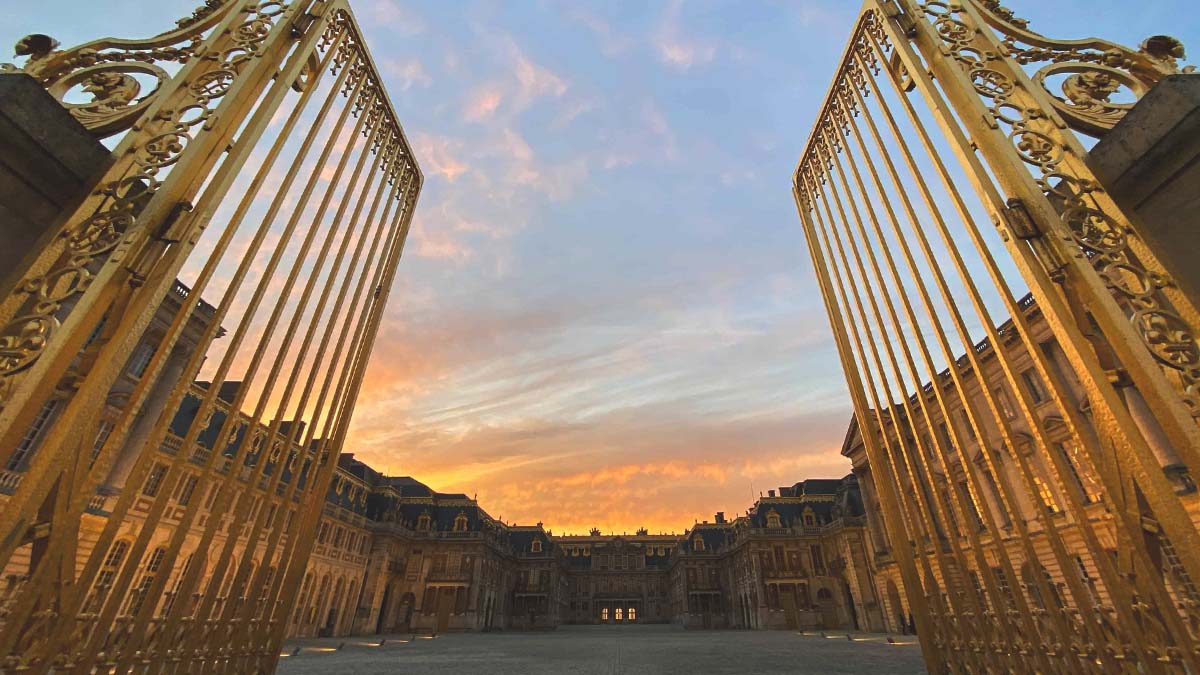

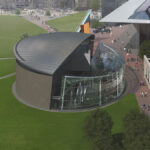
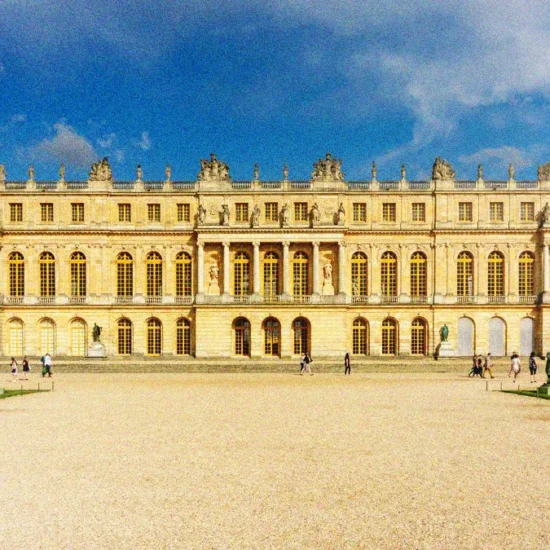
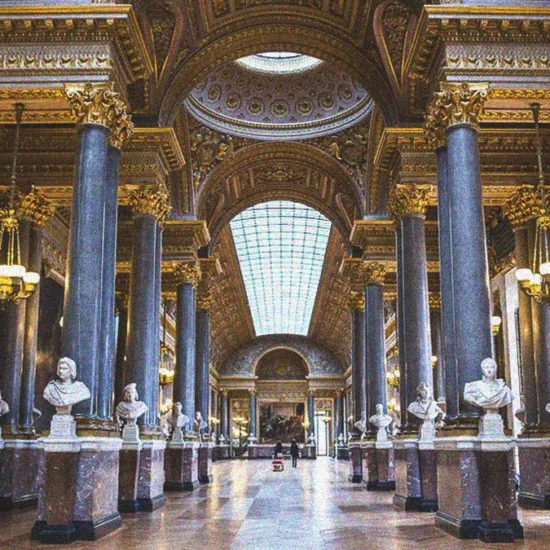
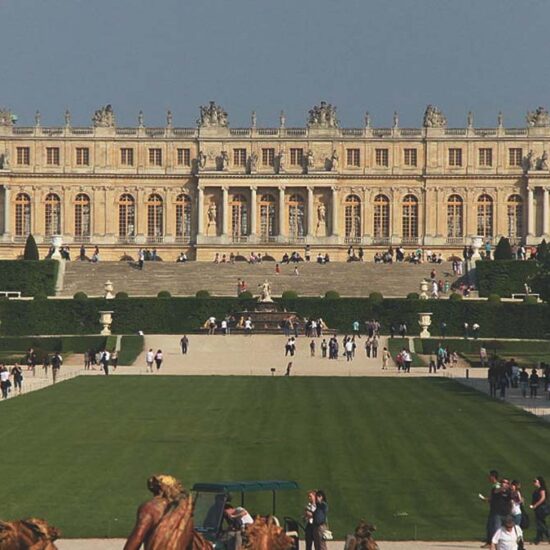
No Comment! Be the first one.